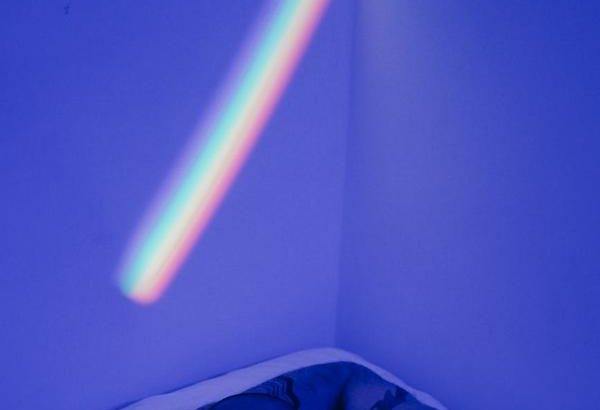Restless leg syndrome, known as RLS, is a sleep disorder that afflicts more than 15 percent of adults.
It affects more women than men and the incidence of restless leg syndrome increases with age. Certain medical conditions, such as diabetes, arthritis, and varicose veins, also increase the risk of developing restless leg syndrome.

This sleep disorder is characterized by an uncontrollable urge to move the lower legs, knees, and occasionally the arms. Sometimes painful sensations accompany the urge to move. People that suffer from this sleep disorder describe the feelings and sensations in different ways. Many describe a tingling, itching, or pulling sensation. Still, others say it feels prickly or burns. Some feel as if they have worms crawling under their skin.
The sensations which are typical of this sleep disorder can occur anytime during the day or night.
Restless leg syndrome occurring at night has a devastating effect on sleep. The symptoms can cause the sufferer to get in and out of bed repeatedly which can delay or disrupt sleep. Since sleep in repeatedly interrupted, extreme daytime sleepiness is common.
The combination of always feeling tired and the symptoms themselves can cause a person with restless leg syndrome to alter their lifestyle. Long trips, movies, concerts, and eating in restaurants are some activities they usually avoid. Attending a long meeting at work can become very painful and uncomfortable. People that have this sleep disorder often suffer from depression.
Researchers believe that restless leg syndrome may be caused by malfunctions of the pathways in the brain that controls movement reflexes and sensations. Often this sleep disorder has a genetic base.
Restless leg syndrome cannot be diagnosed by one single test. Often standard neurological examinations show no signs of an abnormality. In many cases, a doctor makes the diagnosis of restless leg syndrome based on the description of the symptoms. They also take into account family history, and the results of a routine medical examination and blood tests.
Many times the treatment for restless leg syndrome is aimed at controlling the debilitating sensations that accompany this sleep disorder. Often iron supplements are prescribed because severe anemia has been linked to this disorder. Relaxation techniques, diet changes, and the elimination of caffeine and alcohol help some sufferers of restless leg syndrome.

In most cases, this sleep disorder is treated with drugs. These drugs could include dopamine agents, benzodiazepines, opioids, or anticonvulsants. Medications do not cure restless leg syndrome, but they manage the symptoms. People that suffer from this sleep disorder usually have to stay on their medications for the rest of their lives.
Another sleep disorder similar to restless leg syndrome is periodic limb movement disorder known as PLMD. There are two main differences between restless leg syndrome and periodic limb movement disorder. Restless leg syndrome occurs when the sufferer is awake or asleep; periodic limb movement disorder only occurs when the sufferer is asleep. Restless leg syndrome movements are voluntary responses to very unpleasant sensations; the movements of periodic limb movement disorder are involuntary and are not consciously controlled. Both of these sleep disorders can be effectively controlled with medical treatment.





